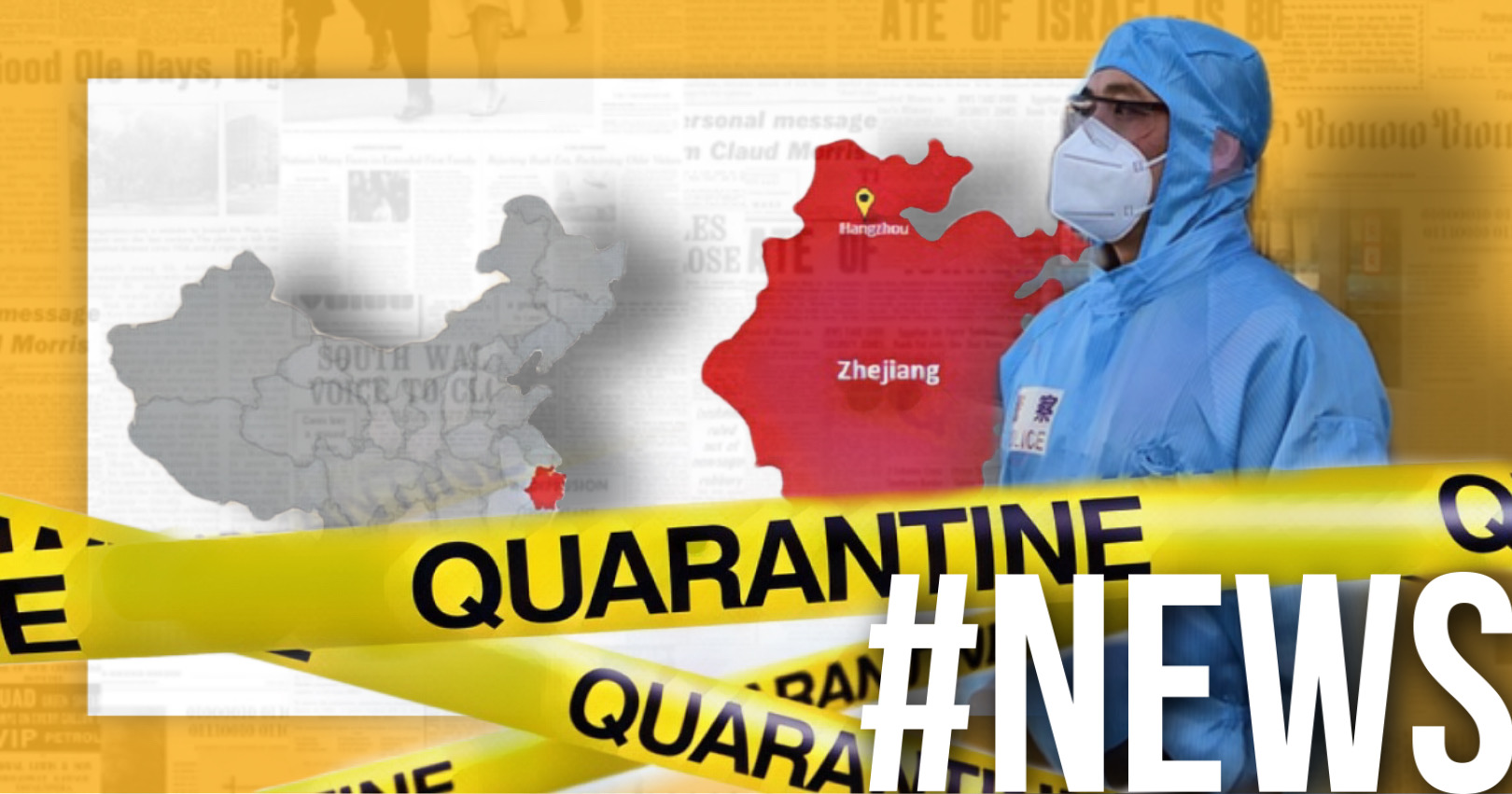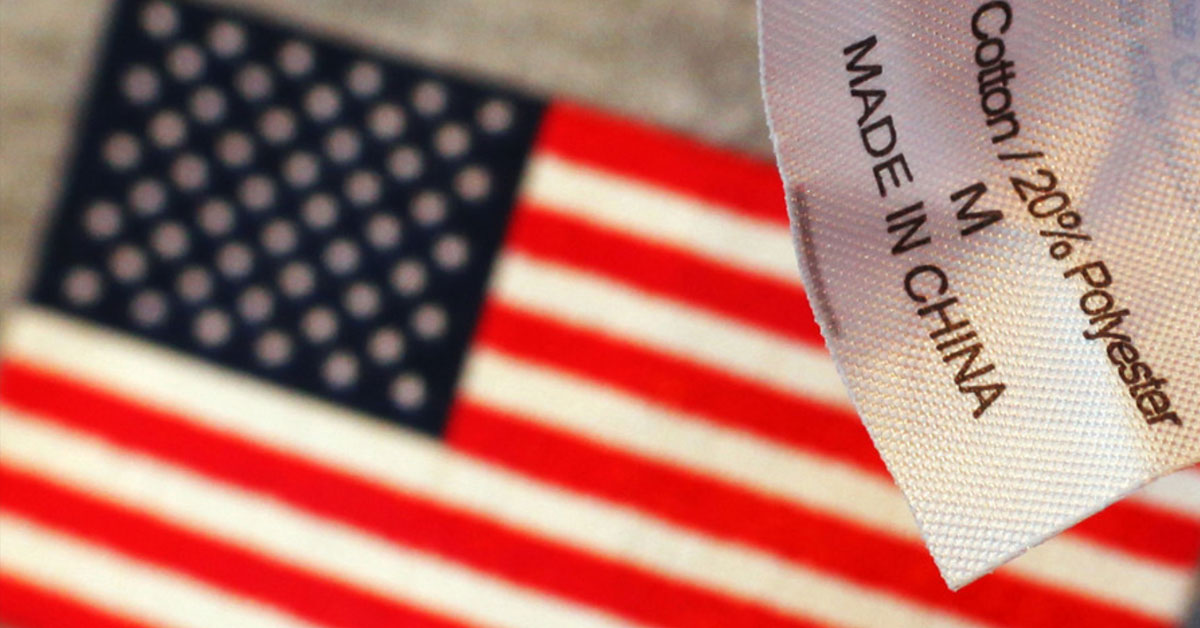US-China trade war shows no sign of ending
The latest round of tariffs that the United States and China imposed on each other went into effect Sunday. The 15 percent U.S. taxes apply to about $112 billion of Chinese imports.
More than two-thirds of the consumer goods the United States imports from China now face higher taxes. The administration had largely avoided hitting consumer items in its earlier rounds of tariff hikes, reports Fox News.
Even more tariffs loom on the horizon. On December 15, the Trump administration is scheduled to impose a second round of 15 percent tariffs — this time on roughly $160 billion of imports. If those duties take effect, virtually all goods imported from China will be covered, including all major Apple products.
The list of tariffs going into effect in September is 122 pages long, covering everything from the strange and dangerous—like “saps and extracts of opium” to “muffin ovens” and “tanks and other armored fighting vehicles”—to “men’s and boy’s suits, knitted or crocheted”, reports Quartz.
Given how much is covered in September , December’s list is much shorter. Only 21 pages, it includes pet toys, pencil sharpeners, umbrellas, and natural pearls (cultured pearls, along with rubies, diamonds and sapphires, will be tariffed in September).
Full list for September 2019:
Full list for December 2019:
More Amazon news

How can New Year holidays in the US and Canada affect cargo delivery dates
Customs and shipping companies working schedule during the New Year Important information for more accurate forecasting of cargo processing speed in the US and Canada during the New Year holidays. Please note that Customs and shipping companies will not work during...

Major shutdowns in China due to new COVID outbreaks
Multiple companies in Zhejiang province have suspended operations due to COVID-19 outbreak, halting production of goods from batteries and clothing to textile dyes and plastics. Zhejiang is one of China's biggest and busiest manufacturing hubs. The local government...

Amazon is using sellers as a cash cow
Amazon collects a third of seller revenue A new study claims that Amazon makes far more from fees on its Marketplace platform than even the cash cow known as AWS, reports TechCrunch. According to the report by the Institute for Local Self-Reliance, sellers now give...


